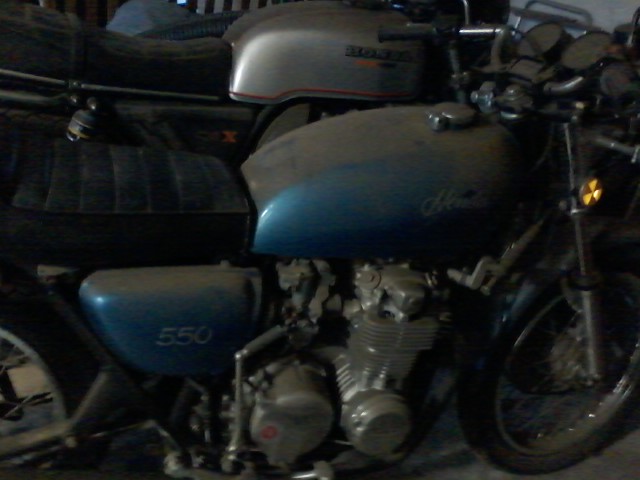We have all heard the saying, “You need to walk before you can run.” I believe this holds true for working with vintage motorbikes. To a large part, it is based on your experience level and mechanical abilities.
Also, if it’s your very first vintage motorbike project, you should probably test-the-waters so to speak and see if you enjoy a project of this nature. Starting with a small easy project offers so many benefits. Saving a ton of cash being one of the best.
For your first vintage project, I would suggest you get a bike that runs. There are several reasons for this. The first being, there can be many reasons why a bike doesn’t run. From something very simple, to something major that you may not be equipped to deal with on your first project. Secondly, with a running bike, you can concentrate on making it road ready and not spend your time scratching your head trying to figure out why it doesn’t run.
As always, I’m not telling you what to do. I’m just trying to save you time, money, and frustration. A vintage motorbike project should be a thing that brings you happiness and joy, and not become a chore.
With that said, when I’m looking over a potential new project bike, I like to break down problem areas into three categories, Mechanical, Electrical, and Cosmetic.
Mechanical…
Things like the engine, the brakes, carburetors, etc.
Electrical…
The lights, the wiring, ignition, etc.
Cosmetic…
The body parts, rusty chrome, etc.
Then within these categories, I try to rate the problems on a scale of 1 to 10. For example, let’s say the clutch isn’t working properly. It may just need adjusted and be a 1 to 3 on the scale. Perhaps the bike hasn’t been run it quite some time and the clutch discs are dry and need a bit of exercise 4 to 7 on the scale. Maybe the clutch slips and is worn out or simply abused and needs a complete rebuild 8 to 10 on the scale.
The point I’m trying to make is, not all problems are the same. Many are easy 5 minute fixes while others may be an all day affair. A bike may have many problems, and that still not be a bad thing, if none of them are of a serious nature. Always keep in mind that vintage motorbikes that have not been ridden regularly will need attention even if they have been kept in quite favorable conditions.
Here’s my check list when looking at a new bike. It starts with major items and work through to items of lesser importance and easier to repair.
- Does it have a clear title.
- Over-all appearance of the bike. Does it look like it’s been forgotten and abused, or stored with some kind of care.
- Does it run and has it been ridden recently. If not when was it last ridden and/or started.
- What’s the history of the bike. How long has the seller owned the bike. Did they ride it much.
- If it runs, let’s start it up. I want to hear what it sounds like and see how easy it starts.
- Is it leaking anything, oil, gas, brake fluid, etc.
- Are all the parts there or bits and pieces missing. This can be VERY important with some vintage motorbikes as some parts may be very hard to come by.
- Sit on the bike, are the handle bars in line with the front wheel. Does it squeak or rattle.
- Remove the seat and side covers to look at the wiring. Is it intact or has someone been monkeying around with it.
- Lastly I check things that wear out. Not so much as to weather I buy the bike or not, but to haggle on the price. If the seller claims it’s ready to go, but it needs tires, a chain, a battery, etc, all $100 dollar items to haggle over the selling price.
